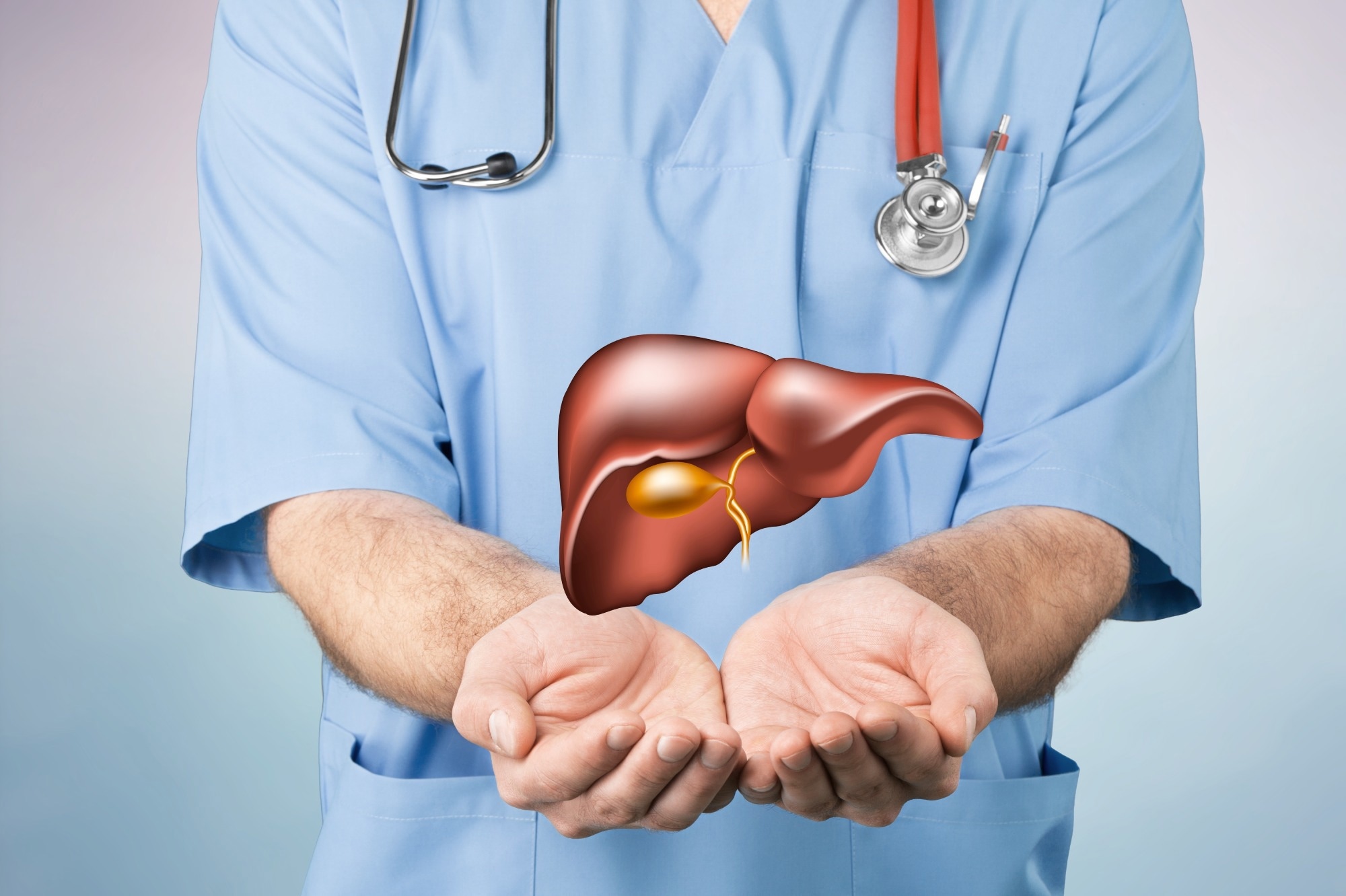A recent study published in the journal Medical Clinics of North America discussed the diagnosis, treatment, and pathophysiology of alcoholic hepatitis (AH).
AH is characterized by aggravating or new-onset jaundice due to heavy alcohol use with less than two months of abstinence before jaundice onset. Moreover, the risk of progression to cirrhosis increases, particularly with continued alcohol consumption. A 28% increase in AH hospitalizations has been recorded during 2007-14.
This growing disease burden elevates healthcare costs, morbidity, and mortality. In addition, these trends are disproportionate among specific demographic groups. The coronavirus disease 2019 (COVID-19) pandemic has exacerbated the situation with increased alcohol consumption, alcohol-associated liver disease, and alcohol use disorder.
A Canadian study has reported higher average monthly hospitalizations for AH during the COVID-19 pandemic. Therefore, there is a need for a better understanding of how to manage and evaluate AH patients. As such, the authors in the present study reviewed the recent progress in diagnosing, pathophysiology and treating AH patients.
 Study: Alcoholic Hepatitis: The Rising Epidemic. Image Credit: Billion Photos / Shutterstock
Study: Alcoholic Hepatitis: The Rising Epidemic. Image Credit: Billion Photos / Shutterstock
Diagnosis
The clinical syndrome of AH in the setting of heavy alcohol use includes jaundice, fever, malaise, anorexia, and tender hepatomegaly. The clinical presentation varies from mild jaundice to acute/chronic liver failure. Patients not meeting the clinical criteria proposed by the National Institute on Alcohol Abuse and Alcoholism (NIAAA) Alcoholic Hepatitis Consortia would require a liver biopsy for diagnosis. The histologic characteristics of AH include neutrophilic lobular inflammation, hepatocellular ballooning, megamitochondria, and Mallory-Denk bodies.
Determining prognosis
The Model for end-stage liver disease (MELD) and Maddrey Discriminant Function (mDF) scores are commonly used to classify disease severity. An international study reported that the MELD score had a higher area under the receiver operating characteristic curve in predicting 28- and 90-day mortality compared to mDF, Glasgow Alcoholic Hepatitis Score (GAHS), and serum creatinine scores.
Lille score (0 to 1) is used in the first week to determine treatment response in patients receiving corticosteroids. A Lille score of 0.45 or lower at week 1 indicates a response to treatment. Several non-invasive biomarkers have been studied to improve diagnostic accuracy and predict AH prognosis but have not been applied for use in clinical practice.
Treatment
Corticosteroid treatment is the first-line therapy for patients with severe AH. Nonetheless, its efficacy remains conflicting across studies. One study with severe AH patients randomized to receive prednisolone or placebo revealed a modest survival benefit at 28 days among those treated with the corticosteroid. Two independent meta-analyses concluded that prednisolone augments 28-day survival without any benefit at three or six months.
Notwithstanding, 30%-40% of patients remain ineligible for corticosteroids due to contraindications. Moreover, only about 50% of corticosteroid-treated patients complete the 28-day regimen. Corticosteroid use can be optimized with biomarkers for personalized use in those likely to respond. Given the limitations of available treatment approaches, several therapeutic strategies focusing on multiple targets are under investigation.
Emerging therapeutic approaches
Alcohol use is associated with the overgrowth of intestinal bacteria with decreased alpha diversity, impaired Kupffer cell clearance of lipopolysaccharide (LPS), and tight junction disruptions. Fecal microbiota transplant (FMT) appears promising for improving alpha diversity and modulating the gut-liver axis.
A randomized controlled trial evaluating the combination of Anakinra (interleukin 1 receptor antagonist), zinc oxide, and pentoxifylline relative to corticosteroids in severe AH found no survival benefit at one, three, and six months in the intervention arm. In a phase 2 study of moderate/severe AH patients, DUR-928 (an endogenous sulfated oxysterol), which regulates lipid metabolism, reduces proinflammatory cytokine expression and stimulates cell survival, was safe and well-tolerated.
In one study, N-acetylcysteine (NAC), combined with corticosteroids, effectively reduced one-month mortality and the risk of hepatorenal syndrome and infection but failed to achieve the primary outcome of six-month survival. Conventionally, until a decade ago, transplant centers required at least six months of alcohol abstinence before liver transplantation (LT). However, recent studies concluded that this minimum period was a poor predictor of alcohol use recurrence after LT.
Early LT (eLT) in 26 patients with severe AH offered survival benefits at six months, and alcohol use recurrence was acceptable at two years in three patients. Subsequently, other studies have demonstrated eLT benefits in severe AH patients. As such, eLT is recommended in select patients with severe AH.
Alcohol abstinence is the most critical determinant of patient survival among survivors of the initial episode of AH. A prospective study concluded that alcohol relapse was associated with an increased mortality risk six months after the initial AH diagnosis. Nonetheless, alcohol abstinence is difficult to maintain, with only 37% of patients abstaining at one year of follow-up.
Concluding remarks
The mounting healthcare burden associated with AH in the past decade and subsequent acceleration during the ongoing COVID-19 pandemic has led to its emergence as an epidemic in the young population. Several therapeutic options are being examined, with some showing potential. While efforts are underway to develop newer therapies/strategies targeting alcohol use, it is essential to develop and promote integrated care models to regulate alcohol consumption and improve long-term outcomes in AH patients.